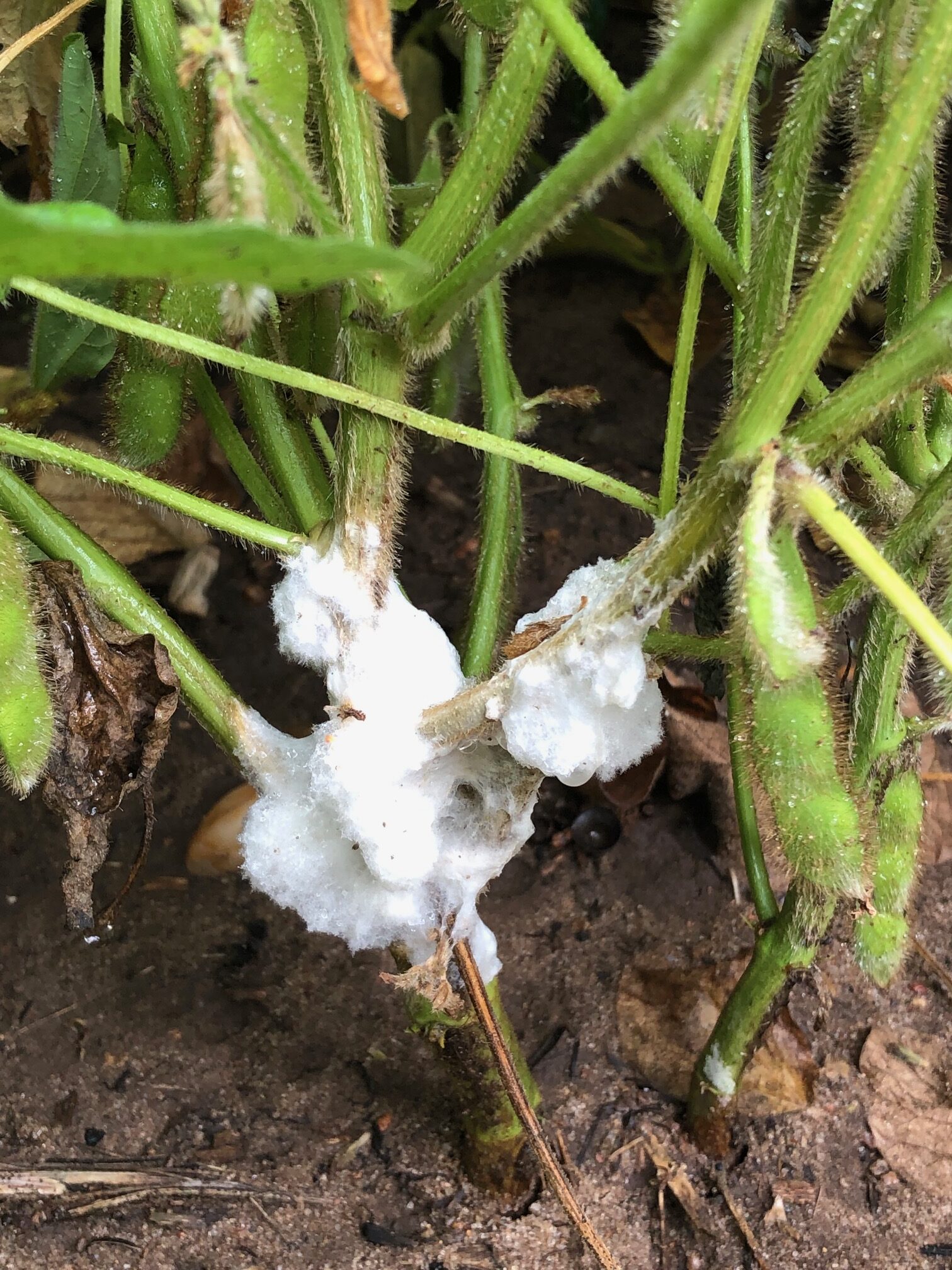CORNversations with Kaur #1
As May 2025 draws to a close, corn growers across Wisconsin are reflecting on how one of the driest starts to spring in recent memory transitioned into a timely stretch of rainfall. These rains have helped restore soil moisture conditions and contributed to what may be the most typical planting season since 2009. While the dry early spring allowed many to get a jump on planting, the recent moisture has been critical for supporting emergence and setting the stage for a potentially strong growing season.
Planting Progress: Off to an Early Start
According to the USDA May 19 Crop Progress report, 73% of Wisconsin’s corn acreage had already been planted—about five days ahead of last year and three days ahead of the five-year average. Approximately 23% of corn had emerged, and emergence has likely accelerated with the recent rainfall.
Many growers capitalized on the dry conditions in late April and early May to plant without risking soil compaction. These early-planted fields may carry a yield advantage eventually if the season continues with timely rains and moderate temperatures.

Figure 1: Corn planted on May 6, 2025, reached V1 by May 19th at Arlington Research Station, University of Wisconsin-Madison.
Dry Start Followed by Timely Rain
Early May saw below average precipitation across much of the state. Topsoil moisture ratings dipped to 4% very short and 17% short—conditions that favored field operations but raised concerns about uneven or delayed emergence, especially in lighter soils and no-till systems. That changed during the week of May 19, when widespread rainfall improved conditions. According to UW Extension’s crop outlook, 70% of topsoil was rated as adequate by late May. In fields where germination was slowed by crusted soils or low moisture, this rain arrived just in time to rescue struggling stands and promote uniform emergence.
Replanting Considerations: Evaluate Before You Decide
Most growers will not need to replant this year, but certain fields, especially those with heavy residue, cover crops, or marginal soils, would require a closer evaluation. Before replanting, scout the field and consider:
- Plant density: If stand counts show a plant stand consistently below 22,000 plants per acre in 30-inch rows, yield potential may be significantly reduced and may need replanting.
- Spacing and uniformity: Uneven emergence impacts yield more than a slightly reduced but uniform stand.
- Soil conditions: Replanting into saturated, compacted, or cool soils may not be economically viable
Looking Ahead: Scout, Adjust, and Monitor Nutrients
As we move into June, attention turns to crop development and nutrient management. Key in-season considerations include:
- Nitrogen side-dress timing: Monitor soil and weather conditions to avoid delays, especially in fields following cover crops that may immobilize nitrogen.
- Insect pressure: Watch for early-season pests like cutworms, wireworms, and seed maggots, particularly in high-residue systems or cover crop terminations.
- Crop development: According to the UW Ag Weather Data Portal, growing degree days (GDDs) are trending slightly above average in southern Wisconsin. This may accelerate crop progress, so staying alert to growth stages is essential for nutrient and pest management.
Final Thoughts
Spring 2025 has offered a smoother planting window than many recent years, but continued success depends on proactive in-season management. The dry start favored fieldwork and early planting, while recent rainfall supported strong emergence. Now, the focus turns to scouting, nutrient application, and pest monitoring. With timely decisions, Wisconsin corn growers are positioned for a promising season.
Sources and References
Ag Weather Outlook for Wisconsin (May 22, 2025) https://cropsandsoils.extension.wisc.edu/may-22-2025-weather-outlook/#Full-Report
Lauer, J. (2014) Corn replant/late-plant decisions in Wisconsin (UWEX Publication No. A3353). University of Wisconsin–Madison Extension. https://corn.agronomy.wisc.edu/Pubs/UWEX/A3353.pdf
United States Department of Agriculture National Agricultural Statistics Service. (2025, May 19). Wisconsin crop progress & condition report. https://www.nass.usda.gov/Statistics_by_State/Wisconsin/Publications/Crop_Progress_&_Condition/2025/WI-Crop-Progress-05-19-25.pdf
University of Wisconsin–Madison. Ag weather data portal: GDD accumulation and forecast tools. College of Agricultural and Life Sciences. https://agweather.cals.wisc.edu
Note: This post is a part of blog series, CORNversations with Kaur. Please stay tuned for periodic updates!!






